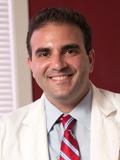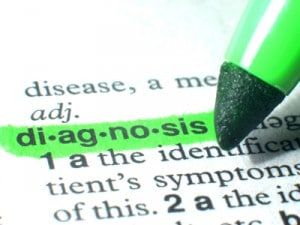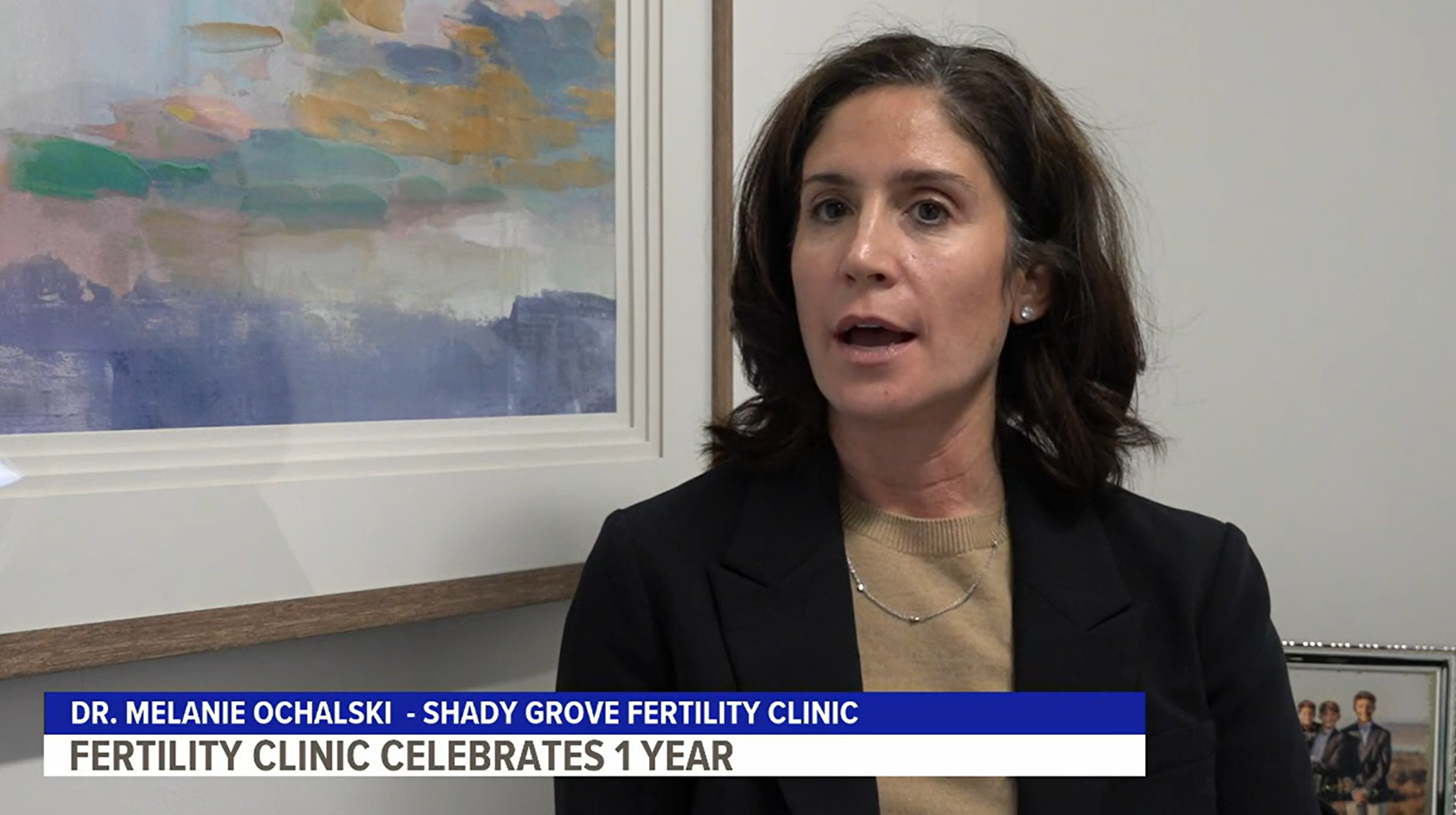
by Dr. Isaac E. Sasson, MD, PhD
For patients faced with the frustrations of getting pregnant, the first visit to a fertility specialist can be daunting. For some, the fear stems from being assigned a diagnosis; and for others, it is the fear of the unknown or confronting the uncommon possibility of never being able to deliver a baby. And nearly every single patient, they will have to learn the our fertility vocabulary.
Starting with the initial fertility evaluation, which consists of a comprehensive review of the couple’s medical, reproductive, and family histories, patients are exposed to new terminology. Patients need to collect 4 pieces of data during their fertility work-up.
- An ultrasound of the ovaries is performed on the third day of the menstrual cycle to determine the antral follicle count (AFC).
- At this time, blood work is performed to evaluate critical reproductive hormones: follicle stimulating hormone (FSH), estradiol, and anti-mullerian hormone (AMH).
- The fallopian tubes will be tested with the X-ray based test known as a hysterosalpingogram (HSG) to see if their are any blockages in the tubes.
- A semen analysis is performed on a specimen provided by the male partner.
Do you know what all those words mean?
Fertility Vocabulary

Oocyte is the medical term for eggs.
Granulosa Cells line the ovarian follicle and nurse the growth of the oocyte.
The Follicle is the fluid filled sac in the ovary that contains the oocyte and is lined by granulosa cells. During a menstrual cycle, follicles grow from 20mm in response to hormones made by the pituitary gland in the brain.
Antral Follicles are ovarian follicles that measure between 2-10mm at the start of the menstrual cycle. These follicles represent the pool of oocytes that are available for recruitment, growth, and ovulation in a given month.
Antral Follicle Count (AFC) is the number of antral follicles counted on day 3 of the menstrual cycle. The AFC is a measure of ovarian reserve.
Ovarian Reserve is the size of the remaining egg supply.
Dominant Follicle, also known as the lead follicle, is usually identifiable around day 10 of the menstrual cycle. This follicle started the menstrual cycle as an antral follicle and grows more quickly then its neighbors, thereby selecting itself as the follicle that contains the oocyte that will be ovulated.
Follicle Stimulating Hormone (FSH) is a protein made by the pituitary gland at the base of the brain. It stimulates the antral follicles in the ovary to grow and prepares the oocyte for ovulation. When measured on day 3 of the menstrual cycle, it serves as a marker of ovarian reserve.
Anti-Mullerian Hormone (AMH) has many biological functions. The fertility specialist uses AMH levels as a measure of ovarian reserve. In the ovary, AMH is made by the granulosa cells of primary follicles, pre-antral follicles.
The Hysterosalpingogram (HSG) is an x-ray based dye test used to evaluate the shape of the uterine cavity and to determine if the fallopian tubes are open to capture the ovulated oocyte and transport the embryo to the uterus.
The Sonohysterogram (SHG) is an ultrasound-based test used to evaluate the uterine cavity. During this study, a small volume of saline is instilled into the uterus while an ultrasound is performed. This allows the fertility specialist to determine if fibroids or polyps (both benign) are protruding into the uterine cavity potentially disrupting embryo implantation.
The Endometrial Stripe (EMS) is measured by transvaginal ultrasound. This is the part of the uterus that grows during a cycle, bleeds during a period, and when pregnant, is the site of embryo implantation. The endometrial stripe is thin (about 4mm) at the start of the menstrual cycle and grows to more than 8mm in response to estrogen made by ovarian follicle. When adequately grown, your fertility specialist may describe the EMS as trilaminar, as it appears as three layers on the ultrasound.
I hope you find this fertility vocabulary list helpful and while it is your medical team’s responsibility to prepare and educate you on diagnosis and treatment options, learning your fertility vocabulary will help improve communication throughout your fertility journey.
Starting this fall, Dr. Isaac Sasson is available for new patient appointments in the Philadelphia area. To schedule a New Patient Appointment with Shady Grove Fertility please call 1-877-971-7755 or click here.





